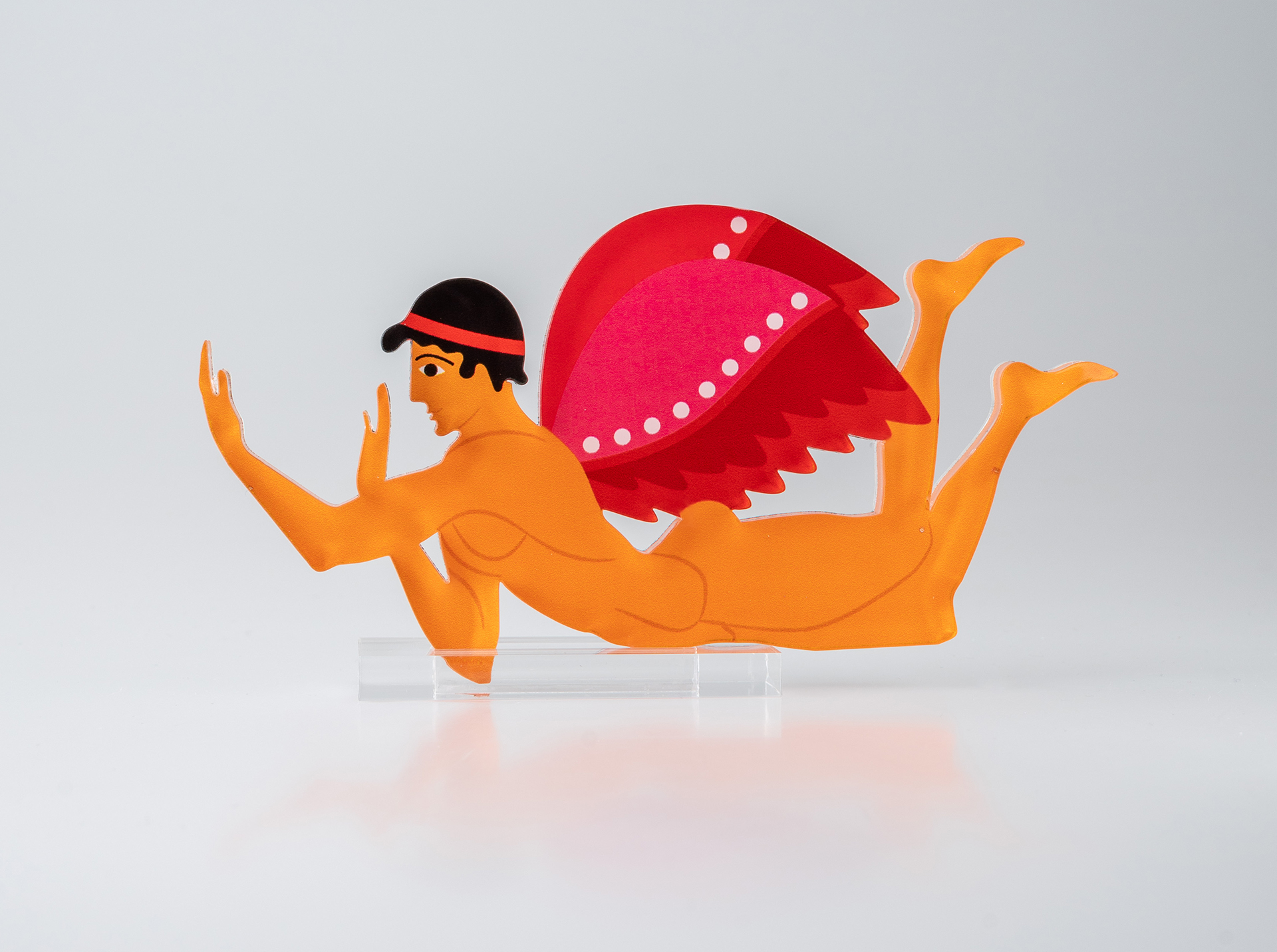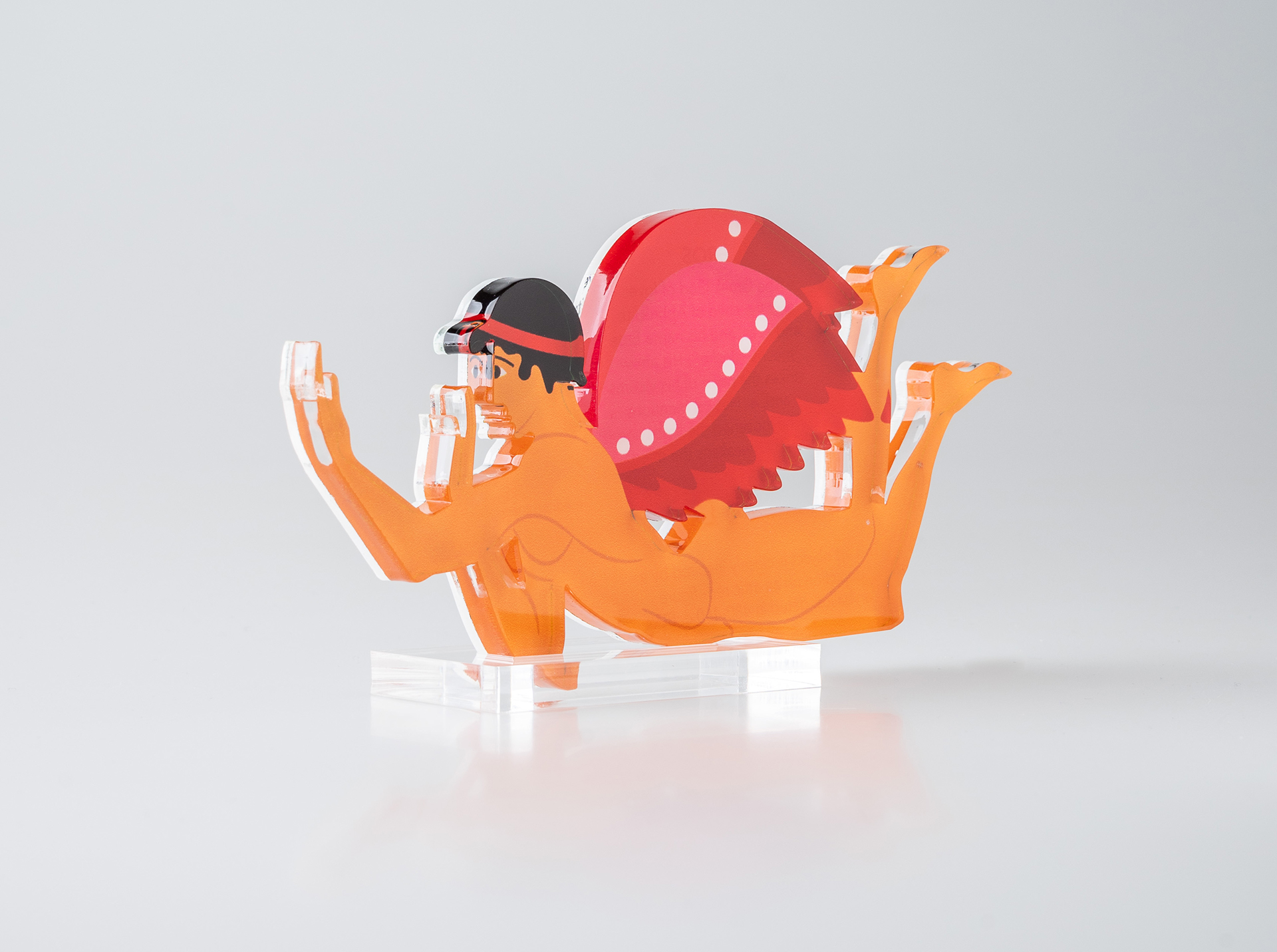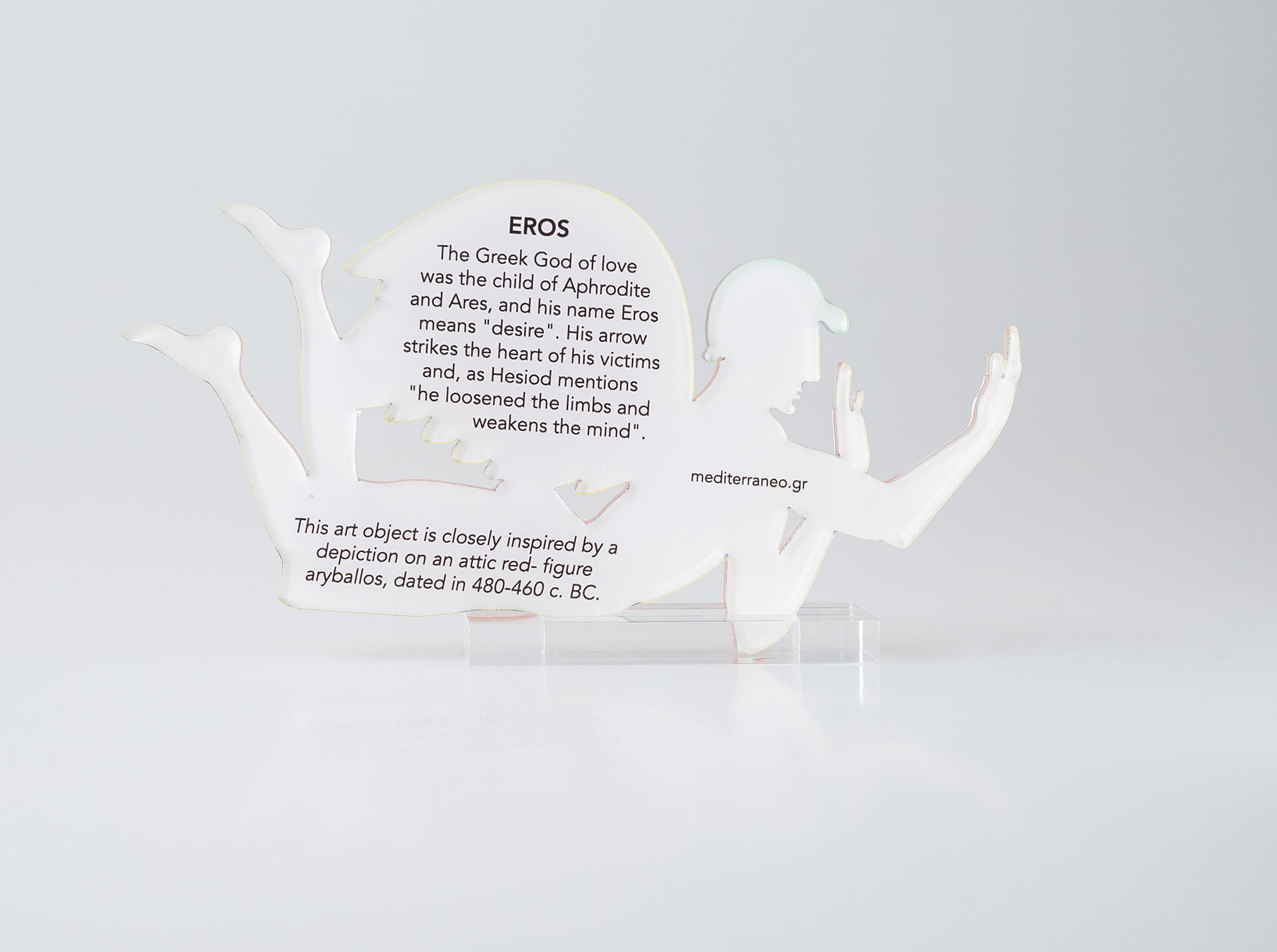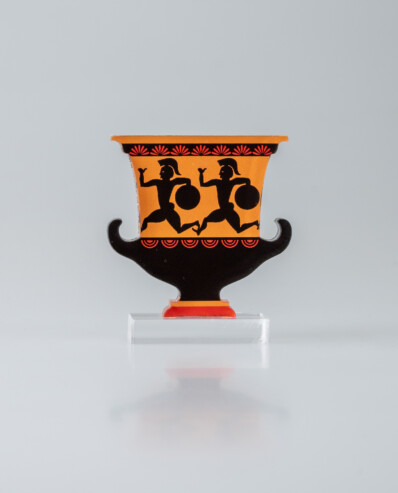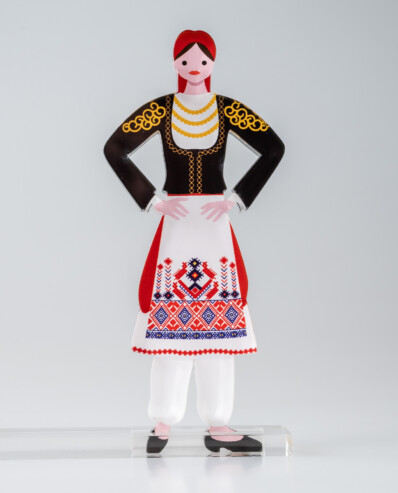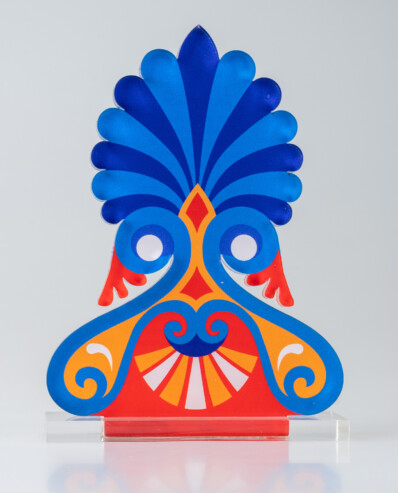Description
Acrylic art object with separate acrylic transparent base that allows to place it upright. It can also be placed lying down as presse-papier! It presents Eros, the Greek God of love! He was the child of Aphrodite and Ares, and his name Eros means “desire”. His arrow strikes the heart of his victims and, as Hesiod mentions “he loosened the limbs and weakens the mind”. This art object, designed by Mediterraneo, is closely inspired by a depiction on an attic red-figure aryballos, dated in 480-460 c. BC.
